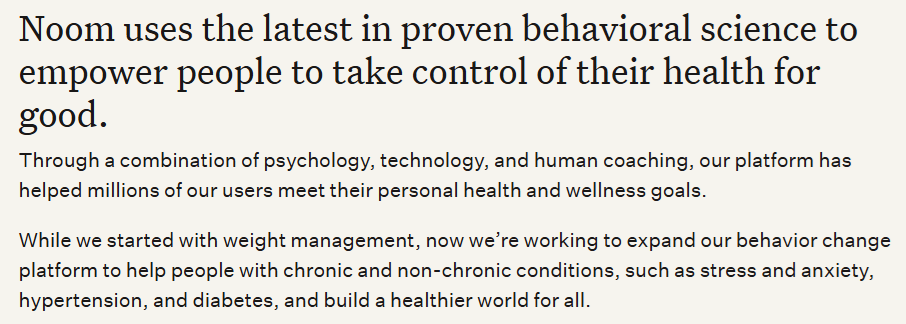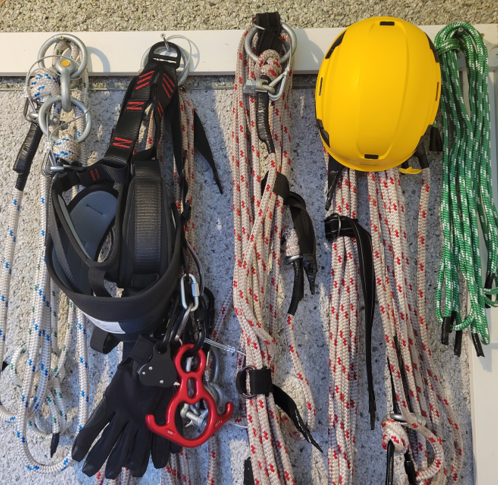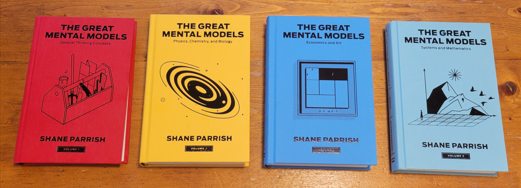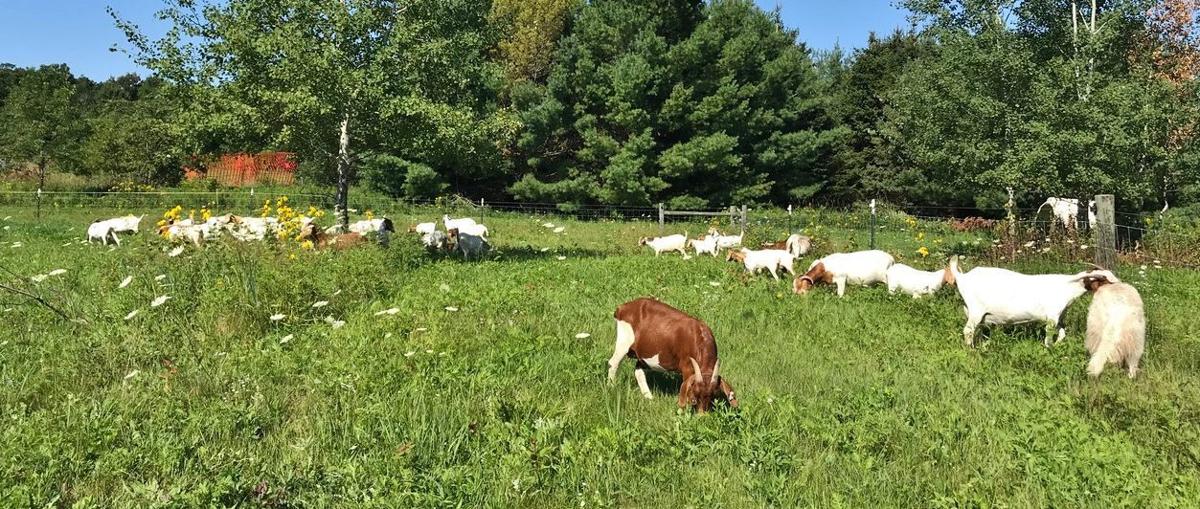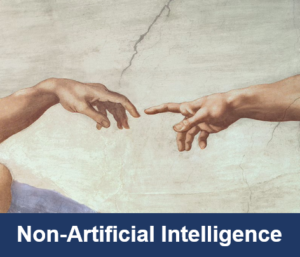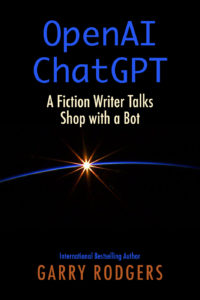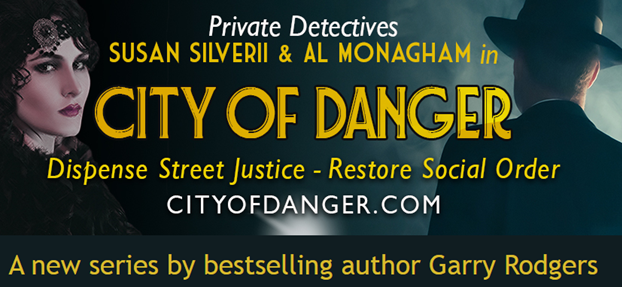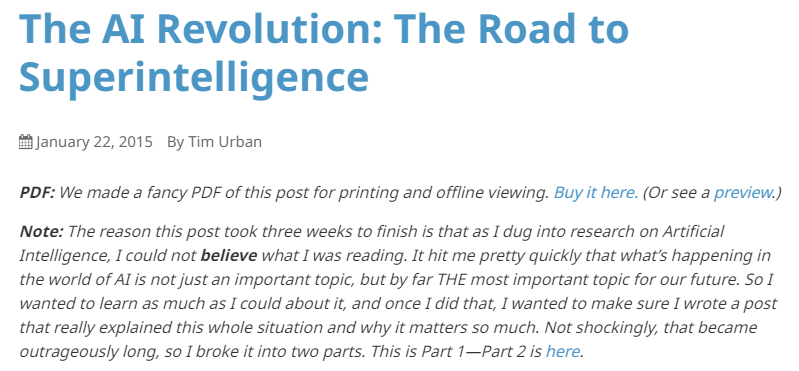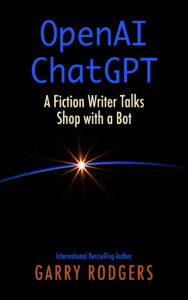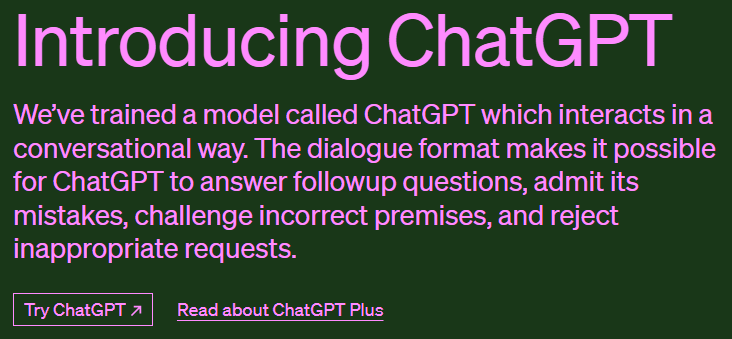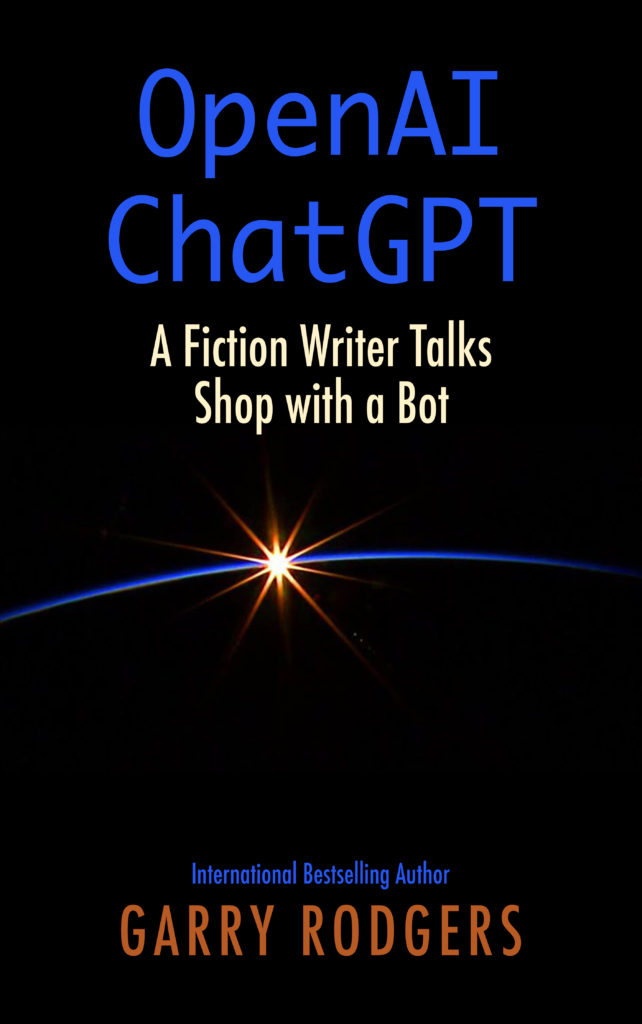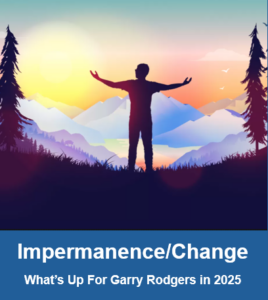 Impermanence means change. The arrow of time. Progression and alteration are fundamental operating principles that govern the evolution of the universe as well as oversee the mutating human condition. There are a lot of synonyms for impermanence and change—variation, transformation, improvement, revolution, fluctuation, renewal, transience, volatility, growth, succession, advance, and movement come to mind. But probably the best words for impermanence or change are compounding and entropy. Ying and yang. Construction and destruction. Additive and substractive. Effort and passive. Go and let go.
Impermanence means change. The arrow of time. Progression and alteration are fundamental operating principles that govern the evolution of the universe as well as oversee the mutating human condition. There are a lot of synonyms for impermanence and change—variation, transformation, improvement, revolution, fluctuation, renewal, transience, volatility, growth, succession, advance, and movement come to mind. But probably the best words for impermanence or change are compounding and entropy. Ying and yang. Construction and destruction. Additive and substractive. Effort and passive. Go and let go.
2024 was a year of massive change in my life. No, my family, friends, and finances are intact. Probably in better condition than ever. The impermanence was internal, in myself, both physically and mentally. 2025 promises more refinement which I hope parlays into offering you positive benefits gained from my experience. Let’s look at what happened to me this past year and what’s up for you thru Garry Rodgers in 2025.
My physical health was the shits back in January. I suffered from chronic inflammation. One area was my neck where the sternocleidomastoid muscles (SCM) had seized following an accident where I cracked a couple of cervical vertebrae. I was so stiff that I could not shoulder check, never mind look around and enjoy life.
The other ill area was my gut. For years, I’d suffered from an upper GI ulcer. By January, it’d inflamed to the point where I was barely able to eat. If I could swallow, it wouldn’t stay down, and my only medicine was bananas.
Between my shoulders and my stomach, I was a physical mess. Rita, my wife of 41 years, and I took up serious hiking hoping it’d help. Walking was a good fit, we thought, as it’d get us out and active. Me trying to loosen with less pukin and Rita expanding her Noom wellness program that has worked wonders for her. By the way, I turned 68 this fall and she’s 66.
On June 1st we hiked the Qualicum Falls trail on Vancouver Island and were introduced to the fungi Tramete Versicolore. This mushroom is commonly called Turkey Tail, and it has anti-inflammatory properties. Amazing properties, as within one day of ingesting this miracle supplement my ulcer pain eased and within the week my muscles released. Read the post I wrote about Turkey Tail which explains it from a medical science point.
I’m now completely discomfort-free, fully rotational, can eat like a Medeterainian goat, and my body is back to its 30-year-old state. I’m not exaggerating. Through a committed exercise routine practiced over the past six months, I now exceed the physical fitness standard required when I was an Emergency Response Team (SWAT) police officer back in my twenties and thirties.
Rita and I turned our hiking game into rucking. Rucking is trekking with poles and a weighted rucksack. We aim for 8,000 steps per trip but did one day of 16,653. Rita has a step counter as part of her Noom commitment.
In the fall, I took up roping. That’s ascending and descending a steep hill face using a rope. That’s being upped now to rappelling and rock climbing. For Christmas, I got a complete set of climbing gear which I tried out today. It’s an amazing full body workout, but I am sore. No pain, no gain they say.
In the mental department, during 2024 I became a serious student of Stoicism—Stoicism being a philosophy, not a religion. To help understand this ancient wisdom and guidance in life, I wrote a blog post on it. I’ve also filled five notebooks with quotes and personal observations about this Hellenistic practice. A high point in November was hearing Ryan Holiday live in Vancouver. He’s the host of The Daily Stoic site and has over a million followers.
I didn’t publish any books in 2024. My focus was on producing content and appearing on-camera in the film industry. I teamed with Global/Hulu on Crime Beat which will continue in 2025. It’s fun, but the film highlight of the year was framing (writing outlines) for 26 episodes of City Of Danger which is a Netflix option. We’re waiting until a new delivery technology is ready that takes text and turns it into audio and visual. Here’s my web page for City Of Danger.
Moving on to 2025, I’m expanding my curiosity in critical thinking and how it applies to understanding human nature. I’m influenced by Shane Parrish and his Farnam Street site and Knowledge Project podcast. In November, Shane released his four-volume set called The Great Mental Models which are based on insightful works by the late and great Charlie Munger. If you don’t recognize the name, Munger was Warren Buffet’s partner at Berkshire Hathaway and is considered one of the great critical thinkers of modern times.
Once I get a grip (absorbing and understanding) the content in these books, I’ll do a condensed form on a Dyingwords post. I find writing about a subject is my best way to retain the knowledge. Which leads me to this. The critical thinking concept is something I’ve taken more and more interest in this past year.
I guess I’ve come to a life point where, as stoic as I try to be, some things outside my control seriously alarm me. One is how scrolling for a dopamine hit is replacing how to read, think, and write. I wrote a post on this and republished an article written by Paul Graham titled Write and Write-Nots.
Mr. Graham raises a concerning point—how so many people, especially professional people, are relying on artificial intelligence to aid in their writing which replaces their thinking. Here’s a quote from his piece:
The reason so many people have trouble writing is that it’s fundamentally difficult. To write well you have to think clearly, and thinking clearly is hard.
AI has blown open this world. Almost all pressure to write has dissipated. You can have AI do it for you, both in school and at work.
The result will be a world divided into writes and write-nots. There will still be some people who can write. Some of us like it. But the middle ground between those who are good at writing and those who can’t write at all will disappear. Instead of good writers, ok writers, and people who can’t write, there will just be good writers and people who can’t write.
Yes, it’s bad. The reason is something I mentioned earlier: writing is thinking. In fact, there’s a kind of thinking that can only be done by writing. If you’re thinking without writing, you only think you’re thinking.
So, a world divided into writes and write-nots is more dangerous than it sounds. It will be a world of thinks and think-nots. I know which half I want to be in, and I bet you do too.
This situation is not unprecedented. In preindustrial times most people’s jobs made them strong. Now if you want to be strong, you work out. So, there are still strong people, but only those who choose to be.
It will be the same with writing. There will still be smart people, but only those who choose to be.
AI replacing critical thinking and original writing concerns me. Deeply. It shouldn’t, as it’s completely beyond my control and one of the core tenets of Stoicism is the dichotomy of control—focus on what you can control and detach from what you cannot control.
Having quoted this excerpt from Paul Graham, I readily admit to using ChatGPT4 daily. It’s a phenomenal research tool and idea-bouncer. But it (currently) sucks at creativity and critical thinking. That’s quickly changing as it gets more intuitive and informed. We truly are in the age of the rise of the machines and rapidly moving toward the Singularity.
Lightening up, something I’ve become aware of while ruck ‘n roping out in nature is the immune system power-boost of phytoncides—the organic compounds gassed-off by trees and other plants. The Japanese have a name for experiencing the incredible immune system benefits from phytoncides. It’s called Shinrin-yoku which translates to “forest bathing”. I recently wrote a post about this, too.
My life progression (impermanence/change) in 2024 leads me to an awakening, a realization, in how awareness of positive physical and mental health contributes to a significant extension in longevity—an increased healthspan (the number of years of healthy living) and an increased lifespan (the number of years staying alive).
Which brings me to some 2025 news. I’ve volunteered for a longevity study program with the Buck Institute in California. Yes, a human guinea pig or lab rat. This cutting-edge research project tracks the participants quarterly by monitoring their key parts of life that build a holistic base to health and longevity; diet, exercise, sleep, mind, and purpose.
I’ll daily track these keys and every three months my progress will be entered into a data bank that follows and analyzes my aging pattern. I’ll also submit a blood sample that measures 64 biomarkers that form the hallmarks of aging. I’m truly looking forward to this journey.
Finally, something I’m also looking forward to in 2025 is building OldGoats.Health. This is the first time I’ve publicly mentioned this web-based wellness resource that’s been percolating in my mind since I made the personal wellness commitment on turkey tail day. OldGoats.Health (OGH) is senior-focused as a trustworthy and useful curator/aggregator of credible information on the longevity industry and personalized medicine which is becoming hugely popular among us old goats.
The OGH project is a website homebase with what-you-need-to-know about the disease of aging, the longevity industry, and how you can slow, stop, and potentially reverse your aging process thereby increasing your longevity stay in the old goat pasture. It’ll have continually updated information paddocks—Diet, Exercise, Sleep. Mind & Purpose as well as a free weekly newsletter and a fluid, premium-content Substack subscription presence with a community sharing forum. As far as I know, there’s nothing like this and it should be live by July.
So, that’s what’s happened in 2024 to motivate me in 2025. My commitment to you is sharing what I’m learning about living a long and healthy life (fighting entropy through compounding) so hopefully you benefit, too. Also, you can continue to expect Dyingwords posts on life, death, and writing every second Saturday morning at 8:00 am Pacific. Yes, I’m going to do more true crime analysis.
Thanks for your support and may you have a safe, healthy, happy, and prosperous 2025 new year!

